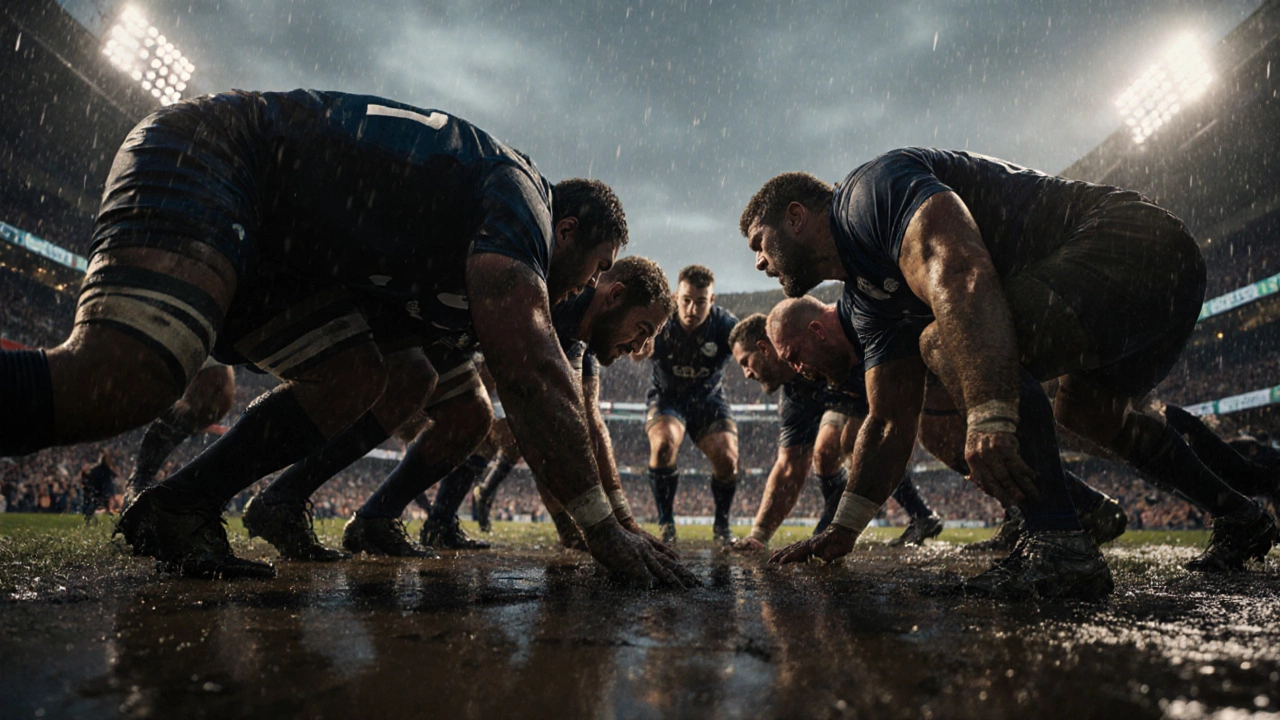
Hardest Rugby Position: What Makes It the Toughest Spot on the Field
When talking about the hardest rugby position, the role that blends raw power, technical skill, and split‑second decisions. Also known as the most demanding spot, it forces players to master both physical and mental aspects of the game. The hardest rugby position encompasses the gritty work of the forwards, the precision of the scrum, and the timing of the lineout.
The rugby forwards, the pack that drives the ball forward and contests possession are the backbone of any team. Their job isn’t just about size; they need endurance, agility, and the ability to read the flow of play. Because the hardest rugby position often sits within this group, forwards must combine strength training with on‑field intelligence.
Why This Position Stands Out
The scrum, a set‑piece where eight forwards bind and push against the opposing pack is a core battle zone. Mastering the scrum requires perfect timing, body positioning, and teamwork. A player in the hardest rugby position usually leads the front row, taking the brunt of the pressure while directing the push. This role influences the outcome of scrums across the match, making it a high‑stakes responsibility.
Another key element is the lineout, the throw‑in from the sideline where players jump to catch the ball. In the toughest spot, a player may be the primary jumper or the thrower, demanding explosive power and precise coordination. Success in the lineout can swing momentum, so the hardest rugby position often includes lineout duties to test a player’s versatility.
Backline players — the wings, full‑back, and fly‑half — bring speed and flair, but they rarely face the same constant collisions. The hardest rugby position, by contrast, stays in the thick of contact for the whole game, making every tackle, ruck, and maul a test of durability. This contrast highlights why the forward roles demand a different conditioning regime.
Injury risk is a reality for anyone in this role. Concussions, shoulder dislocations, and neck strains are common, so player conditioning becomes non‑negotiable. Athletes must follow tailored strength programs, mobility work, and recovery protocols to stay match‑ready. The hardest rugby position forces players to balance load management with the need to stay aggressive on the field.
Beyond the body, the mental side is equally brutal. Decision‑making under fatigue, leading the pack, and maintaining composure during high‑pressure set‑pieces are daily challenges. A player in this role often acts as the on‑field anchor, keeping teammates focused while adapting tactics on the fly. That mental resilience enables the physical effort to translate into winning outcomes.
Training for the hardest rugby position blends powerlifting, sprint drills, and skill sessions. Coaches emphasize technique on the scrum engagement, precise timing for the lineout, and endurance circuits that simulate match intensity. Players who excel here typically log extra gym hours, study opponent patterns, and work closely with physiotherapists to fine‑tune their performance.
Below you’ll find a curated set of articles that break down each aspect of this demanding role — from scrum mechanics and lineout tactics to conditioning tips and injury prevention strategies. Dive in to see how the toughest spot on the pitch shapes the game and what it takes to master it.
